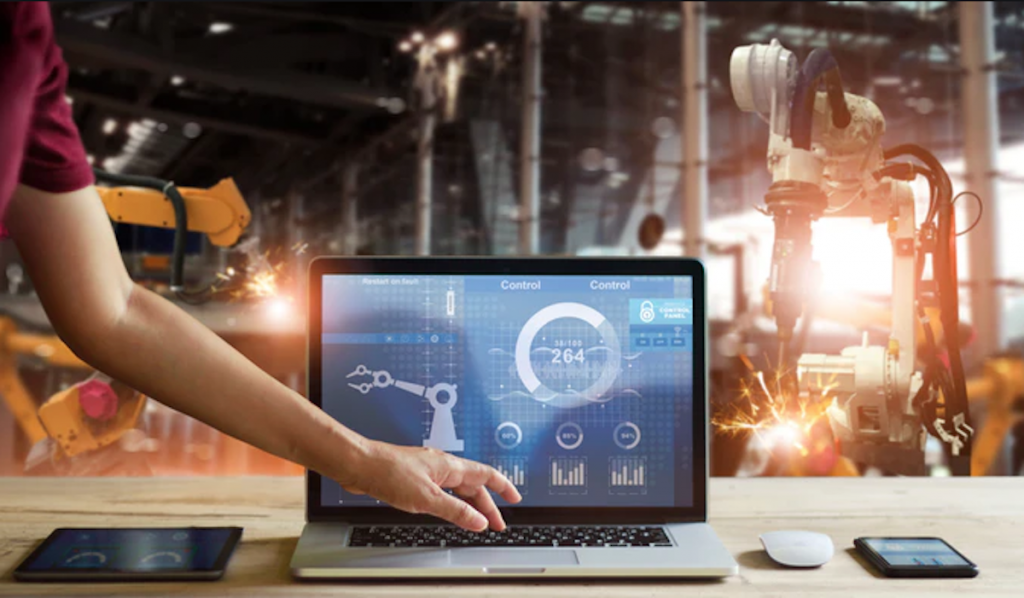Remember the days where you had a couple of energy and utility provider options, and that was it? Those days are long gone, with more narrow, siloed systems being added into the industry. Building owners now have a myriad of choices, but with that comes a need for better energy management systems.
In addition, those disruptive energy retailers also have compliance and reporting obligations. So, on both sides of the fence, IoT energy management is the way forward.
What is an IoT energy management system?
An energy management system collects data from all metering devices, and covers every utility type imaginable. In building management, the data collected allows for things like integrated billing, better energy efficiency and sustainability reporting systems.
But it’s not all about the building owners. Disruptive multi-utility suppliers also need this data. In fact, it forms the basis of their whole business model. Without a quality IoT energy management system, their emergence into the market is extremely difficult.
Better compliance
Embedded networks need to maintain AEMO (Australian Energy Market Operator) compliance. AEMO accredited metering co-ordinators require the same. To achieve that, AEMO expects more data, more visibility and more granularity. Whether you need to restore AEMO compliance, or you simply need to maintain it. IoT energy management systems are the best way to move forward.
You’ll be able to gather limitless data for all sub-metering operations or multi-utility retail ventures. With everything there in black and white, it’s easy to see whether you’re compliant or not – and importantly, how to fix the problem.
Collect data from all utility types
IoT energy management systems are based around sensors feeding information back to a central hub. The beauty of these systems is that all utility types are covered. For a modern building that uses electricity, gas, water and more, this is important. If you can’t get a clear picture of how utilities are being used, it’s difficult to make decisions to keep costs down.
For example, you may identify ways to integrate renewable energy into your operations. But without understanding your usage, it’s difficult to go down that path with much confidence. The other important aspect for sustainability managers is the ability to provide integrated billing to tenants. All utility costs on one bill.
Real-time energy control
IoT energy management systems also feature real-time control functionality. So, for demand response and smart grid control applications, managers can help to lower prices. Think of it like purchasing energy when the price is low, and using it when costs rise. This also helps to improve grid stability and ultimately reduces costs for everyone.
Better outcomes for tenants
Finally, no building operates effectively without tenants. If you want to attract the best tenants and retain them, you need to offer something that others don’t. IoT energy management is a huge carrot to dangle in front of a tenant. We mentioned integrated billing before, and that’s appealing. But they can also be involved in lowering energy consumption, because an IoT energy management system lets them see their own usage in real time. Happy tenants, happy building owners!




